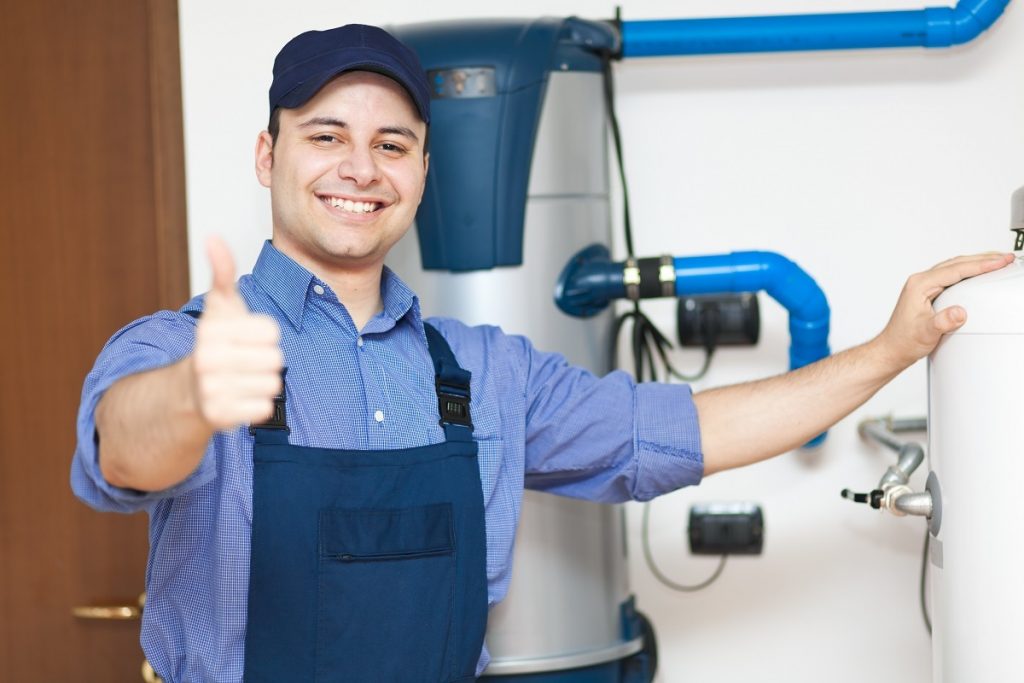Electricity has been one of the scientific concepts that continuously amaze people. Though we already know how we can use it and regulate its power to make it safe, there are more innovations that followed after all the discoveries of what we know about electricity so far. One of which is how people get to innovate industrial heaters such as cartridge heaters and change the process of multiple industries that include, but are not limited to, medical equipment, plastic molding, laminating presses, heating glasses and liquids, and hot stamping. Learn what industrial heaters are, as well as the types available on the market.
What is an Industrial Heater?
Electric industrial heaters are tools for processes that need to increase the temperature of an object. Some of these varied processes include lubricating of oil or a pipe. You need to warm the lubricating oil before feeding it to a machine. Industrial heaters can be used for such. Another function is the use of a tape heater for a pipe. This will keep the pipe hot and keep it from freezing in the cold.
The main process of making industrial heaters work is the conversion of electrical energy to heat energy. When the conversion happened, the heat gets a transfer to the process. There are various ways this process can happen. Here are the methods of heat transfer:
- Convective. This method uses the movement of fluid to transfer heat. It could be free or forced convection. When the flow of fluid is natural when it transfers heat, that is free convection. Thus, forced convection happens where an external force is used to accelerate the flow of fluid to transfer the heat.
- Conductive. This method is the most popular heat transfer because you don’t really need to be in the industry to witness conduction. It is the transfer of heat to solid objects by directly heating a conductor with a heater. The atoms will heat up, produce heat, and vibrate. This is usually applicable for dense and repeating molecular structure.
- Radiant. This method uses electromagnetic waves to transfer heat. This happens when there is thermal energy emitted from any object at a temperature above absolute zero. This heat can then heat the surrounding objects, fluids, and gases.

Types of Industrial Heaters
Since the process is already clear, you need o know that types of industrial heaters that use the abovementioned process:
- Immersion heaters. Large liquids in tanks and containers need immersion heaters. It uses the direct transfer of heat to liquids to meet the necessary temperature. It is used well for liquids of different properties and is easy to maintain. Some of the most common samples of immersion heaters are flanged heaters, screw plug heaters, circulation heaters, and over the side heaters. Before, it uses oil as a source. Now, electric power works fine for immediate heat transfer.
- Pipe heaters. These can fit inside a 2 or 3” pipe. It works well for applications that need low heat. They do not touch the material heated, instead, they only heat the pipe. It is the pipe that heats the liquid. It is also easy to maintain and convenient to use.
- Circulation heaters. This is a kind of immersion heater that comes in different watt densities. The density of this heater depends on the material on which it will be used.
- Cartridge heaters. This one reaches high temperatures and heat up solids by fitting inside a mold. Because of its capacity to carry thermocouple, it can control and maintain an accurate heater’s temperature. It also uses lead wire connections for heat transfer, while connection depends on the needed temperature.
- Duct heaters. This is used for process heating applications and airflow ventilation. Its types are open coil, finned tubular, and tubular duct heaters. It could be inserted or flanged. Airduct heaters are for ventilation, while process duct heaters are for ovens.
These are just some of the basic things you need to know about industrial heaters. If you encounter any problems with your heater, call an expert right away and have it repaired.
